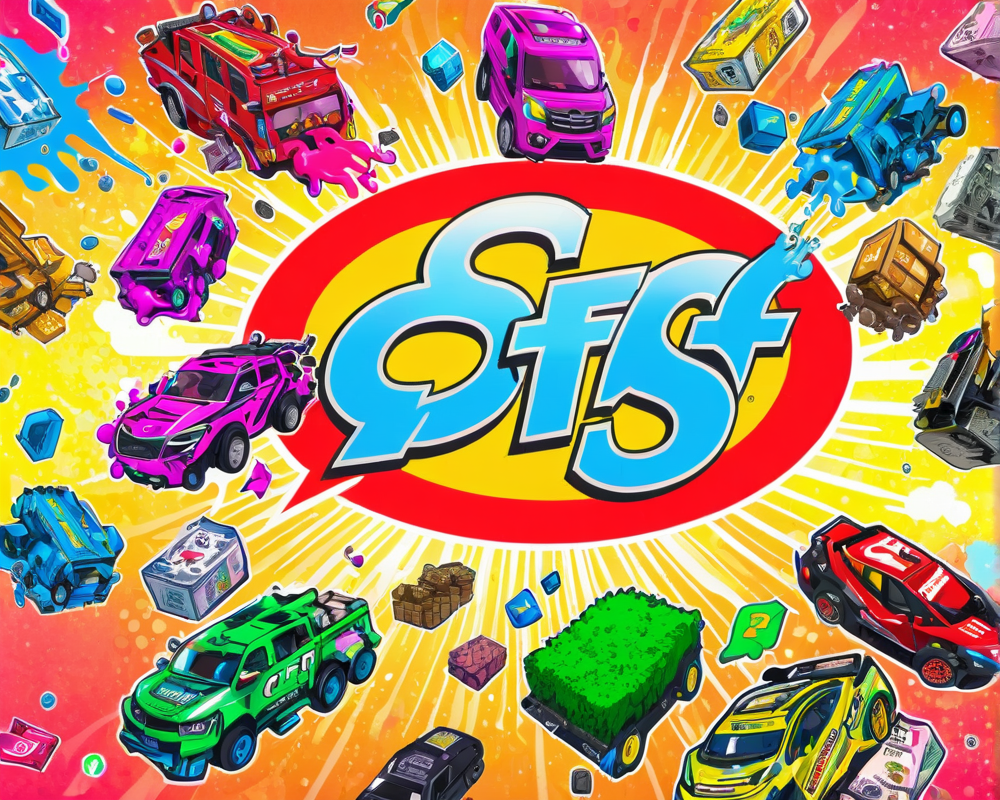Understanding the Doji Candlestick
The Doji candlestick, often dubbed a Doji star, is like that friend who can’t make up their mind about dinner—caught between buyers and sellers in the crypto market. When you see a Doji, it often means that the opening and closing prices are almost identical, signaling a stalemate where neither party gets their way.
Imagine Bitcoin opens and closes at $20,000, but throughout the day, it fluctuates wildly between $25,000 and $15,000. Here, $25,000 is the upper wick, while $15,000 is the lower wick of the Doji. It’s a visual representation of market indecision that looks like a tiny candle caught in a tug-of-war!
The Doji’s Inner Workings
Doji candlesticks have historically been heralded as signs of potential market tops and bottoms. Picture this: during an uptrend, a Doji forms—it’s like the market is signaling, “Hold up, folks! I’m not so sure about this bullish ride anymore.” This can lead to a trend reversal, but here’s the kicker: a Doji alone doesn’t guarantee a stop to the upward movement.
To amplify your predictions, consider pairing the Doji with other technical indicators such as the relative strength index (RSI) or Bollinger Bands. Think of it as using extra utensils for that fancy dinner—why settle for just a fork when a knife could make things easier?
Diving into Doji Types
Doji patterns are not one-size-fits-all; there are several varieties you should know:
- Neutral Doji: This one resembles a plus sign and indicates a fine balance between buyer and seller sentiment. When spotted in an uptrend alongside an overbought RSI, it can signal a correction is looming.
- Long-legged Doji: With wicks stretching far, it shows buyers and sellers are battling it out fiercely. If the closing price is below the middle, it leans bearish; above, it’s bullish—talk about dramatic!
- Dragonfly Doji: Shaped like a T, this one hints at underlying bullish behavior when it appears after a downtrend. It’s like a superhero swooping in to save the day.
- Gravestone Doji: The opposite of the Dragonfly, this signals potential reversals during uptrends, showing that buy momentum failed. Think of it as the market’s sad trombone moment.
- Four Price Doji: If you ever see this one, it’s a rare bird—a moment of total indecision, like the market is frozen in time. It’s a classic case of, “Do we even want to do this?”
Doji Patterns and Trading Strategies
The Doji pattern might not be the most reliable signal on its own, but it definitely adds color to your charts. It’s like a sprinkle of hot sauce on your tacos—delicious but shouldn’t be the only thing you rely on!
Given their nuances, it’s often best suited for seasoned traders with a solid grasp of market dynamics. Combining Doji patterns with other strategies can help you gauge the level of buyer-seller indecision more accurately.
Final Thoughts: Proceed with Caution
While the Doji candlestick pattern offers intriguing insights into crypto trading, remember that every investment involves risk—like eating the last slice of pizza at a party! Always conduct your own research and consider the broader picture before acting on market signals.




